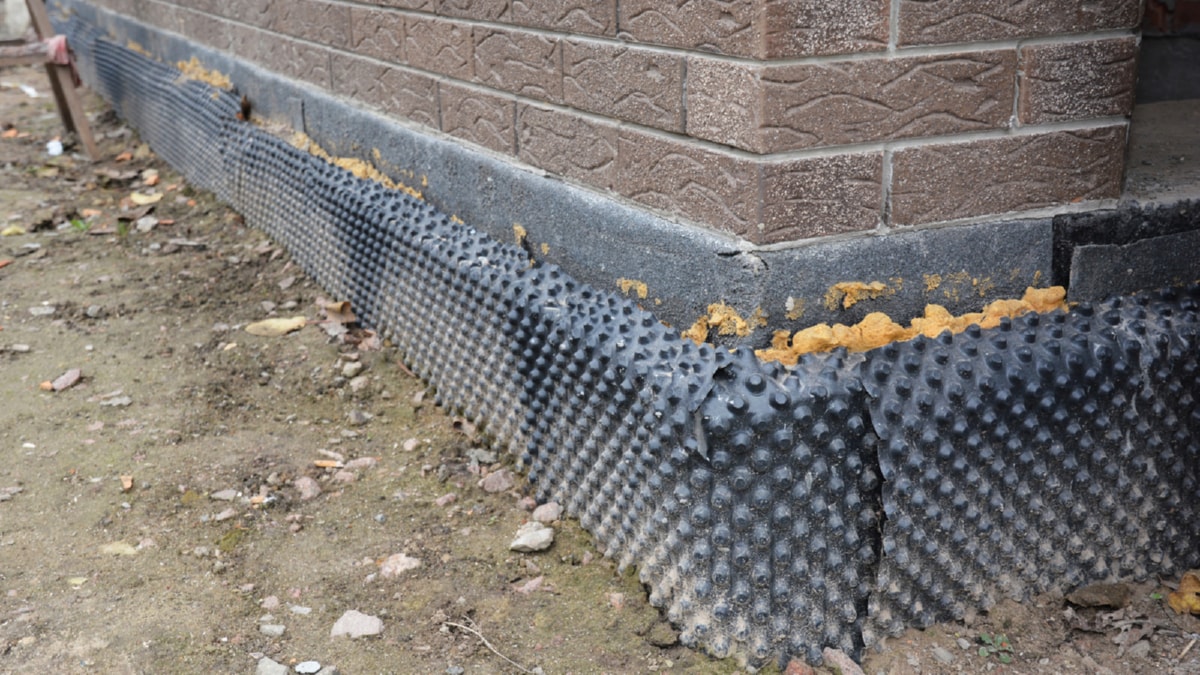Green building materials, also known as sustainable building materials, are designed to significantly reduce the environmental impact of construction projects. These materials have lower embodied energy, are sourced from renewable or recycled sources, and contribute to healthier indoor air quality.
In the quest for sustainability, many innovative green building materials have emerged. The first among these is Hempcrete, a bio-composite material made from the inner woody core of the hemp plant mixed with a lime-based binder. The resultant material is lightweight, breathable, and highly insulating. It’s also a carbon sink, meaning it absorbs more carbon dioxide than it emits during its lifespan.
Another innovative green building material is Cross-Laminated Timber (CLT). CLT is a multi-layer wooden panel made of three to seven layers of lumber stacked crosswise and glued together. This method of construction uses a fraction of the energy of steel and concrete while still providing excellent structural strength and fire resistance. Moreover, wood sequesters carbon, reducing the overall carbon footprint of the building.
Bamboo is a rapidly renewable resource often used in green construction. With its exceptional strength-to-weight ratio, it’s a viable alternative to steel in certain applications. Moreover, its rapid growth rate makes it a highly sustainable option.
Then there is Mycelium, a truly groundbreaking material. Mycelium is the root structure of mushrooms, and scientists have found ways to grow it into specific forms. When dried, it becomes lightweight and strong, like Styrofoam. It is biodegradable and can be grown with agricultural byproducts, making it a zero-waste product.
Recycled plastic is another material being used in innovative ways. Companies are turning plastic waste into bricks, beams, and other structural elements. Not only does this reduce the amount of plastic going to landfills, but it also creates a highly durable and low-maintenance building material.
Green concrete, made with recycled materials like crushed glass or slag from blast furnaces, is another innovative green building material. It reduces the need for cement, a significant contributor to CO2 emissions. Moreover, green concrete is often more durable and has a longer lifespan than traditional concrete.
While these materials represent significant progress towards a more sustainable construction industry, they also present challenges. Availability, cost, and building codes can be barriers to their widespread adoption. However, as more companies and consumers prioritize sustainability, these innovative materials will likely become more commonplace.
In conclusion, the ongoing exploration and innovation in green building materials highlight a promising shift towards sustainability in the construction industry. These materials not only reduce environmental impact but also offer benefits like improved indoor air quality and lower energy usage. As the world grapples with climate change, the role of sustainable building materials in creating a more sustainable future cannot be overstated.
For more details, check best masonry services or visit their business listing here.



